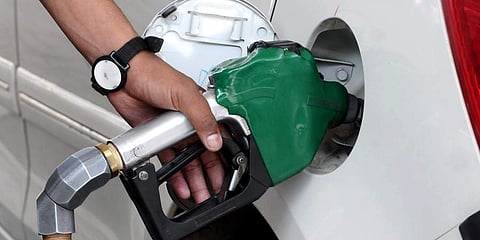How 1+1 is not 2 in fuel tax maths
That a cut in the fuel tax will adversely impact the government’s revenues may look like a no-brainer. There was nothing wrong in assuming that Tamil Nadu’s recent move to slash tax on petrol by Rs 3 per litre pushed the state into a deeper debt trap. The state’s Finance Minister Palanivel Thiaga Rajan had in fact pegged the immediate loss at Rs 1,160 crore.
But in reality, the reduction in fuel tax has brought in several benefits, outweighing the impact of the fall. Petrol sales saw a 12% spurt in volumes after the government slashed the tax. Rajan’s back-of-the-envelope calculation has tallied a daily additional income of Rs 3.55 crore for the Union government, on account of the jump in sales. It is a cool Rs 1,200 crore in additional revenues a year. In addition, the people who benefited from the move saved some money, spent on consumable goods and contributed to the overall consumption story.
While the Union finance minister ruled out any imminent cut in fuel taxes levied by the Centre, the RBI has reiterated its stance that persistent rise in fuel prices in the country is at odds with its inflation targeting. It has repeatedly demanded a reduction in fuel taxes to rein in retail inflation. As per the recently-released minutes of the Monetary Policy Committee meeting held two weeks ago, one of the members has made a scathing remark on the government’s myopic policy: “If, however, expected inflation raises G-secs rates by 1%, and the public debt GDP ratio is about 100%, government interest payments will rise by 1% of GDP. Compared to that, a cut in fuel taxes would sacrifice about 0.5% of GDP in revenues and have many other benefits such as anchoring inflation expectations, reviving demand as well as enabling a fair sharing of the burden of oil price shocks,” said the member.
The FY22 retail inflation is projected at a high of 5.7%, primarily riding on the fuel tax. The year-on-year inflation in CPI for fuel is up from 4.4% in March 2021 to 12.7% in June 2021. The sharp rise in the prices of fuels used for transportation feeds into the core inflation. This shows that keeping the fuel tax high is counterproductive.

